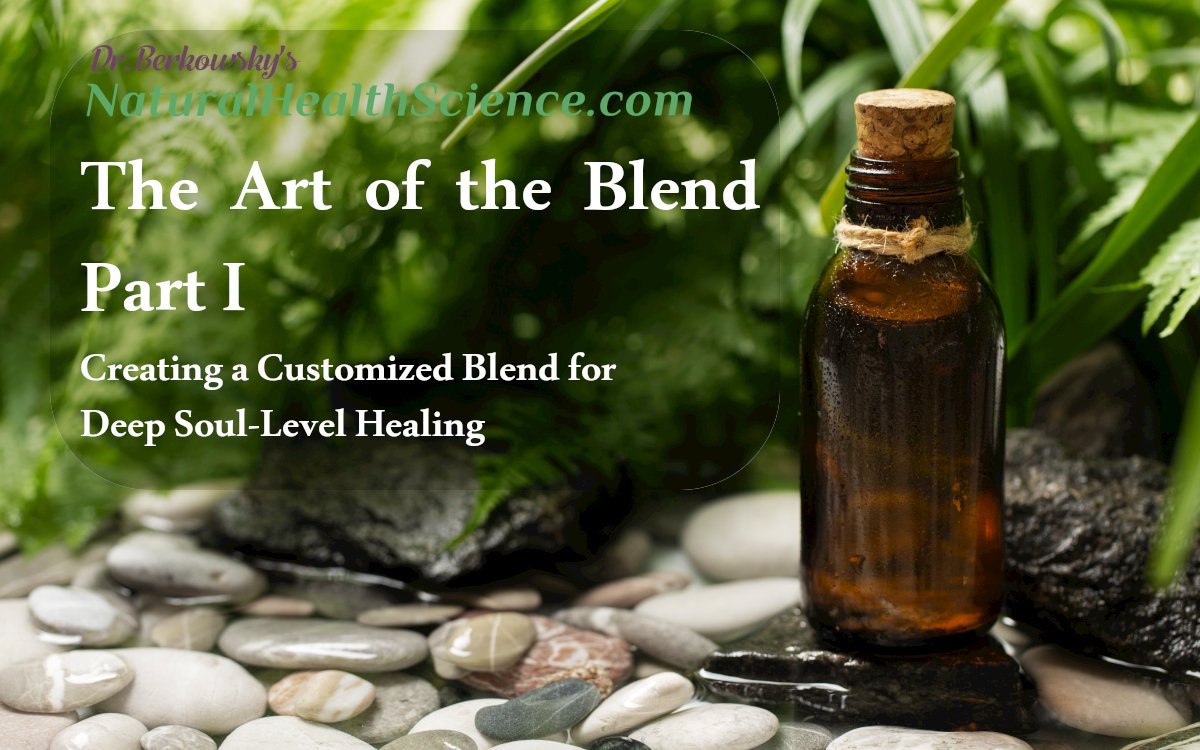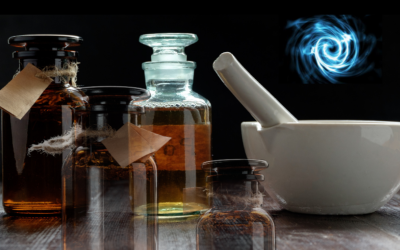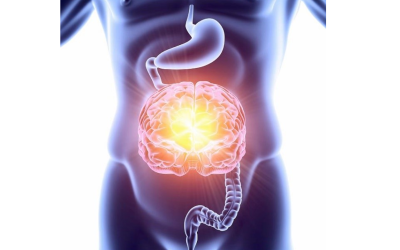Spiritual PhytoEssencing, a system of soul-level healing work with essential oils that I began developing in the mid-1990s, features the use of two types of essential oil blends: constitutional and situational. The constitutional blend is referred to as the “custom blend,” because it is customized to reflect the unique inner soul nature of one particular individual.
Situational blends are prepared to encourage certain spiritual dynamics within the context of specific life situations such as illness challenges, divorce, encountering a pivotal crossroad in one’s life, dying, grieving, etc. Situational blends, while customized, are more limited in personal scope than constitutional blends, and can be formulated to be relevant for more than just one person.
In the last issue of this journal, I presented the formula for the Loss and Remembrance blend, which I developed specifically for use with parents and others who have been impacted by the loss of a child. That blend, produced in response to the massacre of twenty children in Newtown, Connecticut, is an example of a non-individualized situational blend.
In Part 4 of this discussion (to be presented in an upcoming issue of the Journal of Spiritual PhytoEssencing), I will dissect that blend and demonstrate how I formulated it.
While it may seem that situational blending, given its more limited scope, is less complex than constitutional blending, the skill required to prepare effective situational blends actually grows out of a proficiency in the art of constitutional blending. Therefore, in the annual training intensives that I teach, the main focus is placed upon constitutional blending with situational blending (in the form of a directed blending exercise) being a secondary focus.
This is Part 1 of a series of articles I’m presenting regarding the art of preparing essential oil blends for the purpose of deep soul-level healing, which is devoted to the rationale underlying the customized constitutional blend and the methodology used to create them.
Incipient Knowing
During the mid-1990s, following twenty years of practice as a naturopath, herbalist and homeopath–despite consistently observing impressive improvement in a wide variety of physical and emotional disharmonies among my clients–an incipient knowing that these positive outcomes did not equate with “true cure” drove my work in a new direction.
As a traditional naturopath, I developed my Natural Health Science System and naturally worked from the premise that the power to cure disease resides only within the patient’s body, and that innate power cannot fully prevail until wrong living habits stop and the fundamental elements of life and health, in necessary measure, have been set in place. Namely: proper diet; pure water; fresh air; sunlight; adequate exercise, warmth, rest and sleep; emotional harmony; proper posture.
Accordingly, if a substance is not fundamental to the health of the body, it’s also not fundamental to the treatment of disease. From this view comes the most important therapeutic principle of traditional naturopathy: Disease treatment must be based upon the use of the fundamental elements of life in accordance with the needs and abilities of the patient.
As a classical homeopath, I was trained to avoid distraction by the presenting symptoms: superficial manifestations of an underlying pathological process, and to focus instead upon the “central disturbance.” In chronic disease, the operative premise in classical homeopathy is that while an individual’s symptoms may primarily manifest physically, these nevertheless derive from a central disturbance that has emerged at the interface of the emotional and physical planes. Thus, effective selection of a homeopathic remedy in these cases requires that the practitioner “look around” the disease and “see” the person.
Given my disciplined adherence to working fundamentally both naturopathically and homeopathically, I have been able to help many people in a profound way. Still, I sensed that I had to develop the capacity to work at an even deeper level in order to help guide people onto the path of true cure.
My longtime interest in the spiritual realm led me to study a great deal of philosophy and spiritual writings, train in yoga and tai chi, practice meditation and daily prayer and spend many years living close to nature. Thus, I was keenly aware of the soul-level of existence. Accordingly, I came to the conclusion that to initiate the process of true cure, one had to engage with the higher soul, restore its guidance of primary consciousness and encourage its full incarnation into tissues where it could then exert its formative influence upon the workings of the physical body.
Self-Healing: A Centrifugal Process
Ultimately, there is no separation between mind and body. The human organism is a fully integrated entity of mind, body and soul. The ongoing survival of this organism depends upon its capacity for self-healing, which is a centrifugal process. In other words, the direction of cure is from the inside to the outside.
As the emotional level is a deeper level than the physical, our unexpressed emotions will be transferred from the emotional level to the physical level (i.e., centrifugal movement from inside to outside). In this way, emotional disharmony morphs into physical disease. The first imperative of the organism is self-healing. Whatever is not processed and resolved on the emotional level will ultimately have to be expressed on the physical level; otherwise, those bottled-up energies will cause an emotional “meltdown.”
The physical body is vitalized and directed by higher forces, including the higher precincts of the soul. The higher soul is that component of the soul that recruits intellect, feeling and the senses to develop knowledge of, and ongoing connection with, the divine spiritual realm, which is the ground of all being. Ideally, the higher soul and its associated higher consciousness fully incarnates into living tissues and exerts an ongoing supervisory influence, not only over everyday personal consciousness but over the physiological operations of the body as well.
When the human soul becomes preoccupied with the daily challenges of life, personal consciousness becomes estranged from the higher self and mired in a “stuckness” characterized by estrangement from, or inability to maintain consistent connection with, the spiritual realm. All chronic diseases have in common this quality of inertia. For the spiritually sensitive person, while this inertia is plainly manifested on a physical level, it is actually initiated and sustained by obstruction of the guiding influence of the higher soul.
Re-emergence Of The True Self
We often hear the term true self, referring to a person’s authentic nature carried into this life by the soul at birth. In The Mandala of Being, Richard Moss, M.D. writes:
“As children we begin our lives right in the center of our sphere of being, spontaneously expressing our authentic nature; we know nothing else. However, it is not long before this begins to change, as we are partially or wrongly reflected back to ourselves by the relationships that surround us. Eventually, to a greater or lesser degree, each of us loses contact with our spontaneous essence and begins to live more or less off-center. This is a period in life–for all of us–in which soul awareness is dormant and we become identified with a false sense of self…So gradually, within the context of our early environment, we wake up to our first conscious sense of self as if materializing out of a void, and without understanding the origins of our own confusion and insecurity about ourselves.”
There is no separation between the higher soul and the true self. There are no clear boundaries between the two and the operations of both of these are mutually dependent. Therefore, the only viable pathway back to ongoing connection with the spiritual world is the re-emergence of the true self. On the other hand, this re-emergence is largely dependent upon the effective penetration of the higher soul into all aspects of mortal existence.
In popular culture, we often hear someone say, relative to the circumstances of his or her life, “I have to be me.” However, in general, this sentiment merely implies the desire for greater control over the compensated state or idealized self constructed in response to what you admire in role models, the demands of socialization in general, prominently featuring parents, teachers, peers, etc., informing you that your authentic self in its pure form is not good enough to successfully navigate the competitive, demanding journey through earthly life.
In this reference, humanistic psychologist Carl Rogers posited that the personality is composed of the real self and the ideal self with the former being who you actually are, and the latter the person you have come to believe you need to be.
The great 13th century kabbalist, Rabbi Moses de Leon (thought by some to be the author of the Zohar, the central text of the Kabbalah) describes the journey of the soul as follows: “The purpose of the soul entering this body is to display its powers and actions in this world, for it needs an instrument. By descending to this world, it increases the flow of its power to guide the human being through the world. Thereby it perfects itself above and below, attaining a higher state by being fulfilled in all dimensions. If it is not fulfilled both above and below, it is incomplete…Departing this world, it is filled with the fullness of all the worlds, the world above and the world below [the material world]. Before descending to this world, the soul is imperfect; it is lacking something. By descending to this world, it is perfected in every dimension.”
If we accept Rabbi de Leon’s postulation, it can be said that the authentic self, carried from the divine realm into this world as an integral component of the soul, has already been perfected in the higher dimension. The experience of life in this world, gained in large measure via the medium of the ideal self, is required to inform the soul in such a way as to fulfill it both above and below. However, for this fulfillment and completion to actually be effected, it is crucial that the ideal self remains an instrument of, rather than a substitute for, the real self. When the ideal self becomes the dominating component of Self, operating as an independent, wholly finite entity, it obscures the light of the divine spark inherent to the real self and thus prevents soul completion on every level.
Since the “psycho-spiritual stuckness” that can come to fuel chronic disease is a form of limitation, it is a state of being that can only be associated with the finite realm. Therefore, overcoming stuckness requires the ongoing influence of the higher soul–that aspect of the soul that has never become estranged from its infinite source. Accordingly, this stuckness is most commonly a product of the ideal self hypertrophying beyond constructive limits and achieving hegemony to the point that the individual completely loses touch with his or her unique soul-nature and comes to feel like a stranger wandering aimlessly through a meaningless existence.
Richard Moss writes: “Since our survival personalities [ideal self] are never who we really are, but an ideal–which by the very definition of the word is not real–we constantly fall short of their [parents, spouses, etc] expectations. No matter how we strive, we never can be attractive enough, loving enough, secure enough, powerful enough, honest enough, smart enough, and so on, because even when we are, we do not believe it.”
“…There is a yearning for authenticity and real freedom in all of us, though, and so our souls cannot permit us to live indefinitely in denial and self-deceit. When we finally decide to follow that yearning, we find we must recognize and outgrow our idealized selves…Because we have for so long mistaken our survival personalities as ourselves, we can experience the deconstruction as loss of self…Meeting and freeing ourselves from many of our fears ultimately brings us to the deepest fear of all: the ego’s primal fear of nonbeing.”
Using Plant Souls To Assist A Disoriented Human Soul
Anthroposophical science teaches that plants produce fragrance as a means of absorbing “the soul” of the sun, which contains the essence of spirit. Fragrance-formation represents an interaction between terrestrial and cosmic forces, and it’s used by the plant as a means of uniting with the spiritual essence contained within sunbeams. Anthroposophy founder Rudolf Steiner states: “Matter is most spiritual in the perfume of the plant. When the spirit most closely approaches the physical earth, then we have the perception of fragrance.” In other words, an essential oil is the most concentrated carrier of the plant’s soul.
This understanding, conflated with a key kabbalistic insight, turned on the light that illuminated for me a practical pathway to soul-level healing. The Kabbalah teaches that the scent of a plant represents the superconscious aspect of its soul. Whereas the taste of a fruit, such as an orange, nourishes a person on a conscious level, the scent of its oil provides sustenance for his or her spiritual dimension.
According to Kabbalah, the human soul contains animal-, plant- and human soul components. Thus, each of us has the ability to relate to plant souls on a soul-to-soul level. Plants are alive, and everything that lives has a soul. An essential oil, the bonding medium for the soul of the plant, is uniquely suited to act as the physical entity that can facilitate an interface between plant and human souls.
Based upon the interface of these two principles, I formed the following hypothesis that has become one of the foundational principles of Spiritual PhytoEssencing: The plant-soul is not encumbered by ego, so it has the qualities of purity and infinity. Thus, an individualized plant-soul combination within an essential oil blend, when proffered to the human-soul, would be eagerly received and infuse the latter with the impetus to move beyond limitation by changing its orientation from the finite ideal self to the Infinite real self.
In Spiritual PhytoEssencing, the key to moving the soul in this way is the formulation of a customized essential oil blend that accurately reflects an individual’s singular soul-nature. Each soul is unique, and living within the context of one’s true soul-nature requires continuous connection with one’s higher self. Happiness is the key to wellness. No unhappy person can truly be well. In turn, the key to happiness lies in accepting, and living in accordance with, one’s unique soul-nature and having it acknowledged by others.
The inability to actualize who we really are leads to anger, anxiety, frustration, depression, regret, etc. These emotions, often repressed, become morbidly introverted emotional “cysts” that undermine the integrity of the physical as well as the psycho-spiritual milieu.
Life-Change Through A Change In Perspective
From the famed physicist Werner Heisenberg’s Uncertainty Principle we can extrapolate that a phenomenon is dependent upon the position of the observer. Thus, when the observer changes his position, the phenomenon is altered.
For instance: On a bright moonlit night, after traveling just a few hundred feet down the road, it seems that the moon has significantly shifted position in the sky. Clearly, the moon has not actually moved a noticeable distance in such a brief period of time. Nevertheless, we perceive it as having done so due to our own movement.
When it comes to chronic stuckness, a shift in the position of one’s consciousness from being completely dominated by the finite, rational consciousness of the ideal self, to being influenced and guided on an ongoing basis by the infinity perspective of the real self and the associated higher, transcendent aspect of the soul serves to alter the phenomena which, to this point, has kept us bound.
The circumstances and stresses of one’s life will not instantly go away when working on the soul-level with essential oil blends. What will change is the position from which one’s consciousness views these circumstances and stresses. It is this shift in position from finite to Infinite, from stuckness to possibility, that can enable one to make correct choices, and thus, to move beyond what previously seemed intractable and hopeless.
Spiritual PhytoEssencing: Creating Soul-Portraits in Oils
As noted, Spiritual PhytoEssencing employs customized essential oil blends to help an individual overcome the separation of the real self, which lies at the core of emotional- and physical disharmony.
Spiritual PhytoEssencing is a synthesis of certain aspects of aromatherapy, doctrine of signatures, classical homeopathy, modern physiology, Kabbalah, philosophy, anthroposophical science, Chinese medicine, herbal medicine and folklore, depth psychology, gemstone healing and color therapy.
In Spiritual PhytoEssencing, an interview (called anamnesis–Latin for recollection) is conducted which enables the blender to identify the constitutional themes and the primary archetypal components of the real self that characterizes the subject’s psycho-spiritual dynamics. These archetypes and themes are then proficiently matched with corresponding essential oils.
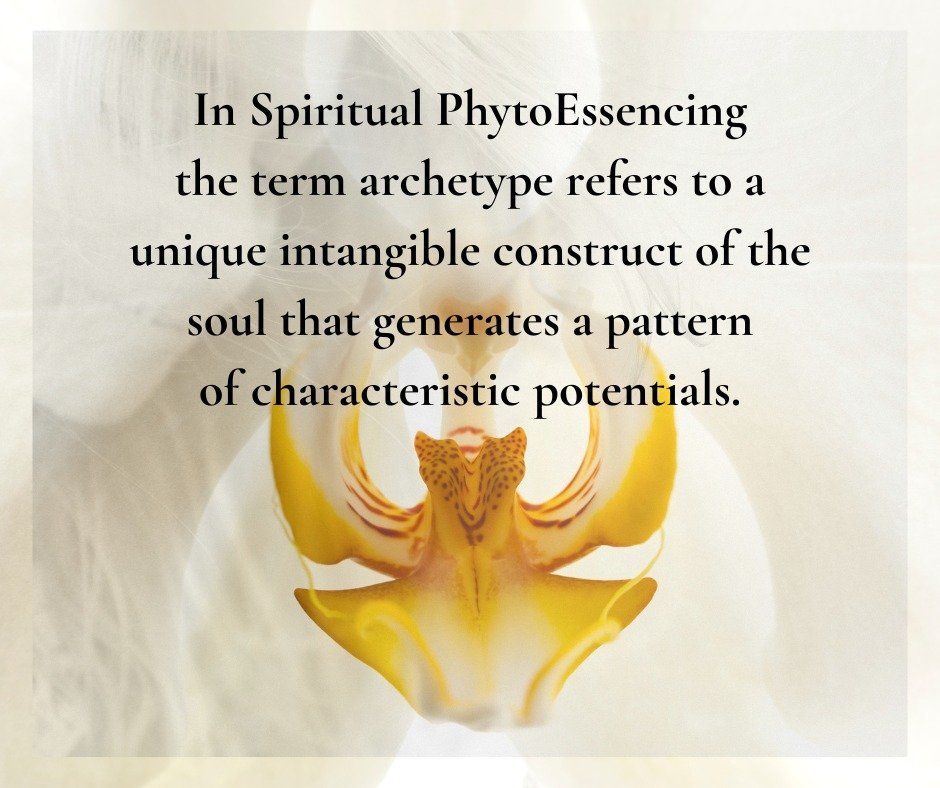
The resultant custom blend constitutes a plant-soul analogue of a given individual’s “unique soul-portrait.” In other words, the blender is creating a soul-portrait in essential oils. It is this customized correspondence to the real self that encourages an individual’s soul to accept the homogeneous blend of plant-souls as a “reorganizing nucleus.”
It should be noted that in addition to the custom blend itself, which is used externally (e.g., inhaled from the wrists, applied to skin reflex points and chakras, added to baths), in Spiritual PhytoEssencing one drop of the custom blend is used to prepare a homeopathic style high-dilution, nearly devoid of all material substance, (referred to as the potentized dilution) that is administered internally. Thus, the soul interfaces with the blend at two different quantum energy levels, resulting in a far deeper and more profound effect.
When the ideal self becomes dominant, an individual only gets fleeting glimpses of his or her authentic soul nature. The real self continues to exert a strong influence but that is primarily experienced as sadness, discouragement, resentment and other negative emotions arising from the suppression and repression of the real self. In the course of this suppression and repression, one’s memory of the shape and image of his or her true soul nature fades. It is as if the real self is a boat that has become unmoored, slowly drifts out to sea, and disappears over the horizon.
The custom blend, a portrait in oils of the real self, serves as a mirror within which the real self can, for the first time in a very long while, gaze upon its unobscured image. It is this casting of a reflection of the true shape of a person’s soul that enables the custom blend to unlock the moribund potential within an analogous human-soul.
When a person can once again “see” his or her true self, an overwhelming urge arises to return to oneself. As the true self and the higher soul share the same spiritual root, there is also a simultaneous flaring-up of the natural desire of the soul to establish ongoing intimate contact with its divine source. Ultimately, reorientation regarding the real self and the spiritual world are central to the amelioration of the soul level central disturbance that often ripples outward and is expressed as emotional and physical disharmony. Aristotle noted: “The cognition of the divine is a human being’s real prayer.”
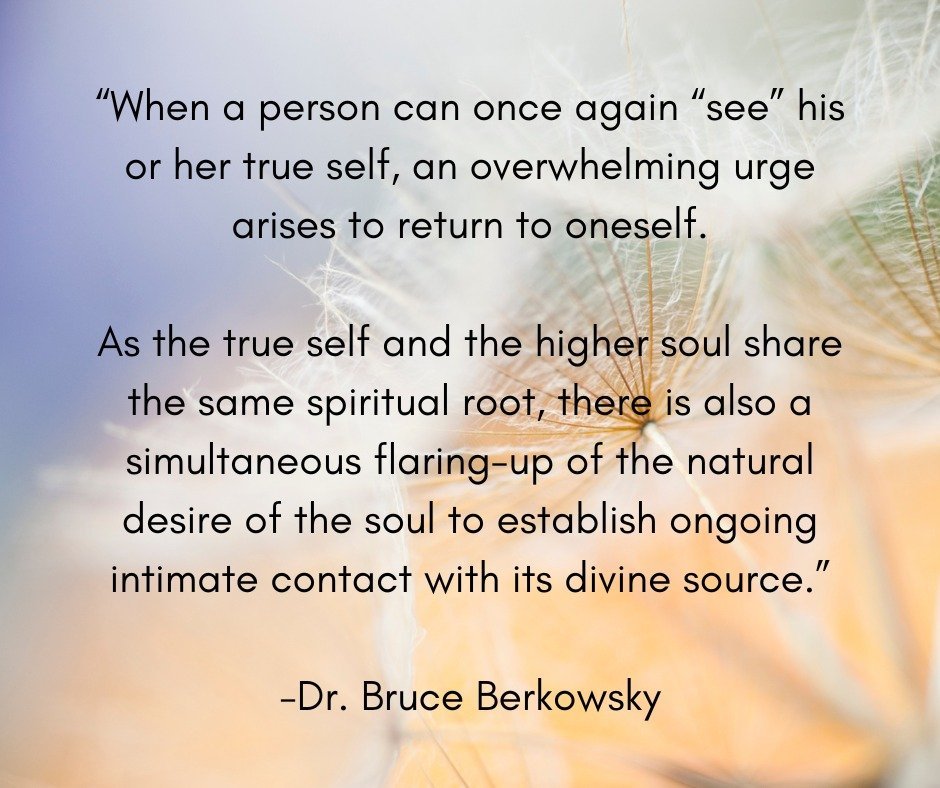
Archetypal vs. Symptom-Centered Blending
The key to the development of a deep-acting custom blend is to select oils based upon soul archetypes rather than emotional and physical symptoms. In Spiritual PhytoEssencing, the term archetype refers to a unique intangible construct of the soul that generates a pattern of characteristic potentials. Accordingly, particular identifiable patterns of emotions and physical predispositions are viewed as tangible expressions of underlying psycho-spiritual archetypes. In turn, these expressions are considered to be archetypal images.
The “I” is the immortal aspect of the soul that journeys through the cycle of birth, death and rebirth. It carries with it the archetypes of past life qualities and brings them to the portal of rebirth where it picks up new ones. But all of these archetypes exist only as potentialities. The I is a distillate of divine consciousness which has become individuated or attained singularity via its journey through the cycle of birth, death and rebirth.
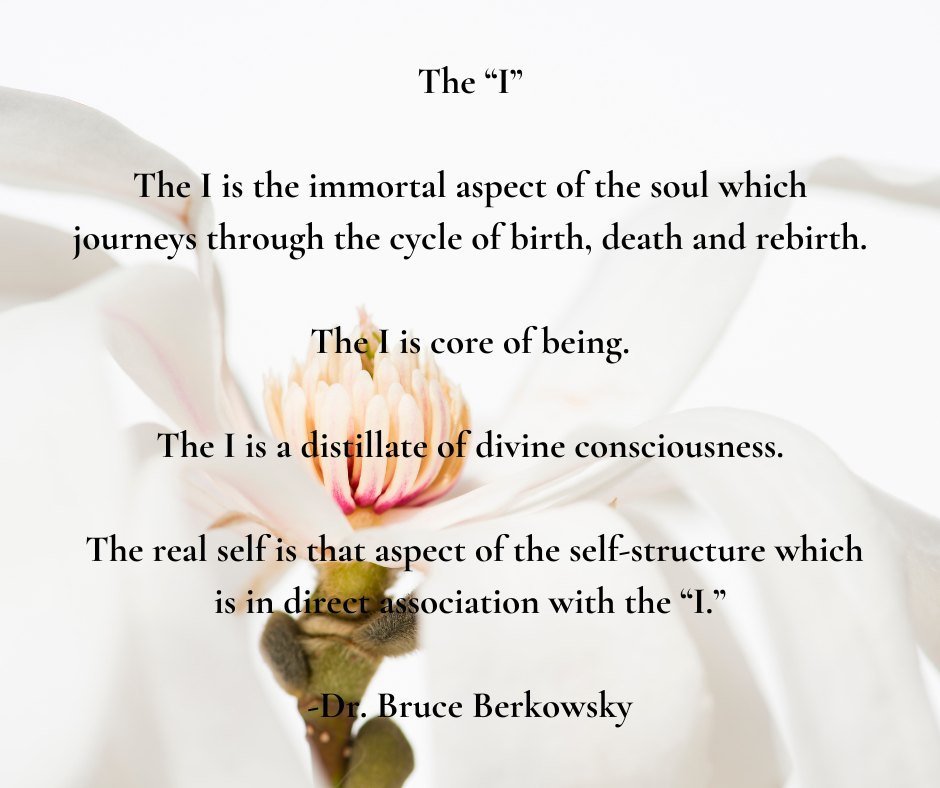
The “I” is the core of being. It is that which is aware. Its full assertion is required for the potential to achieve wholeness of being via engagement in soul-to-soul relationships with people, animals, plants, essential oils, and all the other inspirited elements of the natural universe. As all of these are imbued with a level of divine consciousness, it is only through this ongoing pattern of developing relation with the other ensouled components of the natural universe that one can overcome the inertial stuckness associated with estrangement from one’s true self: the living soul.
In the journey through the cycle of birth, death and rebirth, as well as through genetic transfer and the constitutional adaptations that take place as we stray from the realm of the real self into the arena of the manufactured ideal self, the “I” acquires a collection of additional archetypal components. Ultimately, the soul’s complete set of archetypes consists of those carried forward from past lives and the divine realm combined with those acquired genetically, prenatally and through the deep soul-imprints that occur in early childhood and the early years of the socialization process.
Accordingly, particular identifiable patterns of emotions and physical predispositions can be viewed as tangible expressions of these underlying soul archetypal components. In other words, these outward expressions are “archetypal images” of specific underlying archetypes, which, like an atom’s electrons, have come to orbit around the nucleus of the “I.”
As someone’s unique archetypal construct represents the actual fabric of his or her soul, the “starting point” for developing a customized, soul-healing essential oil blend for someone is to identify the “central archetypal disturbances” that underlie the outwardly expressed archetypal images (e.g., anxiety, depression, discouragement, fear, physical disease) of his or her core disharmony and conflict.
Focusing exclusively upon the amelioration of symptoms (i.e., the archetypal images), while perhaps providing a degree of relief, exerts no lasting impression upon the dynamics of the disharmonious archetypal state that constitutes the central disturbance in most cases of chronic disease and/or discontentment. The only way to achieve fundamental transformation on a true-self level is via direct engagement of the soul’s archetypal components.
Some of the primary archetypes focused upon in Spiritual PhytoEssencing include: the chakras, the elements (Air, Earth. Water, etc.), miasms (e.g., Cancer miasm, Tubercular miasm) and the vessels (i.e., sefirot) of the Kabbalah’s Tree of Life.
In Part 2 of this discussion of The Art of Blending, the focus is on archetypal blending, and how specific essential oils are selected based upon their affinity for certain archetypes, facilitating the creation of a portrait in oils of a given individual’s soul archetypal blueprint.

